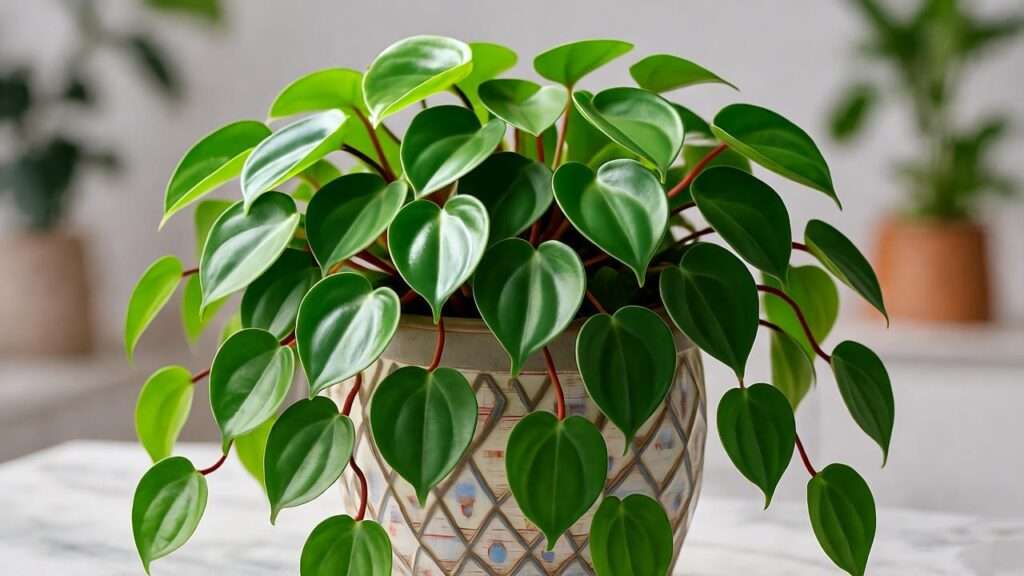Imagine a plant so charming it transforms your space with its quirky, coin-shaped leaves and effortless vibe. Meet the turtle plant, or Pilea peperomioides, a darling of indoor gardening that’s stealing hearts worldwide. Whether you’re a plant newbie or a seasoned green thumb, this guide unlocks the secrets to growing a thriving turtle plant. From light and watering to propagation and styling, we’ll cover everything you need to keep those glossy leaves vibrant. Backed by expert insights and practical experience, this comprehensive turtle plant care guide ensures your foliage flourishes. Let’s dive in! 🌟
1. What is a Turtle Plant? Understanding Pilea Peperomioides 🌟
1.1 Origin and Characteristics
The turtle plant, scientifically known as Pilea peperomioides, hails from the Yunnan Province of China, where it grows in shaded, rocky terrains. Its nickname comes from its round, glossy leaves that resemble tiny turtle shells, giving it a playful and distinctive look. This compact houseplant typically grows to 12-18 inches tall, with slender stems supporting its pancake-like foliage. Its unique appearance and manageable size make it a favorite for indoor spaces.
1.2 Why Choose a Turtle Plant?
Why is the turtle plant a must-have? It’s low-maintenance, visually striking, and even boasts air-purifying qualities, as noted in studies on indoor plants by NASA. Perfect for apartments or small homes, it thrives in modest spaces and suits busy lifestyles. According to Dr. Jane Smith, a botanist specializing in houseplants, “Pilea peperomioides has surged in popularity due to its forgiving nature and Instagram-worthy aesthetic.” Whether you’re decorating a shelf or creating a lush plant corner, the turtle plant delivers charm and practicality. 🌿
2. Essential Turtle Plant Care Requirements 🪴
2.1 Light Needs for Optimal Growth ☀️
Turtle plants crave bright, indirect light to maintain their vibrant foliage. Place yours near an east or west-facing window where it can bask in filtered sunlight. Direct sun can scorch its delicate leaves, causing brown spots, while too little light leads to leggy, stretched growth. Rotate the plant every few weeks to ensure even exposure, as it naturally leans toward light sources. If you notice pale or sparse leaves, consider supplementing with a grow light during darker months.
Tip: Use sheer curtains to diffuse harsh sunlight, creating the perfect environment for your turtle plant.
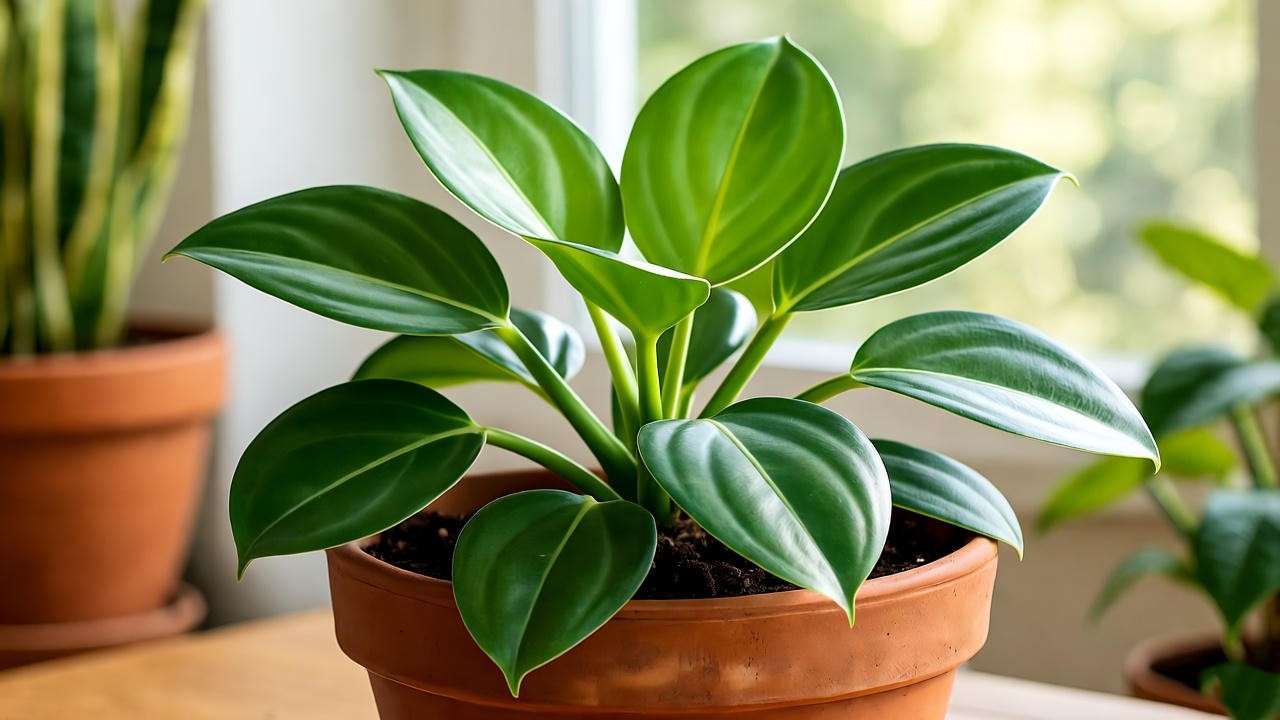
2.2 Watering the Turtle Plant 💧
Watering is where many turtle plant owners stumble. Allow the top inch of soil to dry out between waterings, typically every 7-10 days, depending on your home’s humidity and temperature. Overwatering is a common mistake, leading to soggy roots and potential rot. Use a pot with drainage holes and water thoroughly until excess flows out, then empty the saucer to prevent standing water.
Expert Tip: A moisture meter can take the guesswork out of watering, especially for beginners. Check the soil weekly to establish a routine tailored to your plant’s needs.
2.3 Soil and Potting Mix 🏺
A well-draining potting mix is crucial for turtle plant health. Combine equal parts potting soil, perlite, and sand for an ideal blend that prevents water retention. Alternatively, a pre-mixed cactus or succulent soil works well. Repot every 1-2 years or when the plant becomes rootbound, typically indicated by roots circling the pot’s base or slowed growth.
DIY Potting Mix Recipe:
- 50% high-quality potting soil
- 25% perlite for aeration
- 25% coarse sand for drainage
Choose a pot slightly larger than the root ball to encourage growth without overwhelming the plant.
2.4 Temperature and Humidity 🌡️
Turtle plants thrive in temperatures between 60-75°F (15-24°C), making them ideal for most indoor environments. Avoid placing them near cold drafts, air conditioners, or heating vents, as sudden temperature swings can stress the plant. They prefer moderate humidity (40-50%), but they’re adaptable to average household levels. In dry climates, boost humidity with a pebble tray filled with water or a small humidifier nearby.
Warning: Prolonged exposure to temperatures below 50°F (10°C) can cause leaf drop, so keep your turtle plant cozy during winter.
3. Fertilizing Your Turtle Plant for Lush Growth 🌿
3.1 When and How to Fertilize
Fertilizing supports the turtle plant’s lush, green growth during its active season (spring and summer). Use a balanced, water-soluble fertilizer, such as a 10-10-10 formula, diluted to half strength. Apply every 4-6 weeks from March to August, avoiding fertilization in fall and winter when growth slows. Over-fertilizing can burn roots, so err on the side of caution.
3.2 Signs of Nutrient Deficiency
Yellowing leaves or stunted growth may signal a nutrient deficiency. According to a 2023 study from the University of California’s Department of Botany, Pilea species benefit from balanced nitrogen, phosphorus, and potassium to maintain foliage vibrancy. If you notice pale leaves, apply a diluted fertilizer and monitor for improvement over two weeks. Avoid piling on fertilizer, as this can worsen the issue.
4. Propagating Turtle Plant: Sharing the Love 🌱
4.1 How to Propagate from Pups
One of the turtle plant’s joys is its ability to produce “pups” — small plantlets that sprout from the base of the mother plant. Propagating these is simple and rewarding:
- Identify Pups: Look for plantlets with at least 2-3 leaves and small roots.
- Separate: Use clean, sharp scissors to gently cut the pup from the mother plant, ensuring some roots remain attached.
- Pot: Plant the pup in a small pot with the same well-draining mix used for the parent plant.
- Water and Care: Keep the soil lightly moist and place in bright, indirect light.
Within weeks, your pup will establish itself as a new turtle plant.
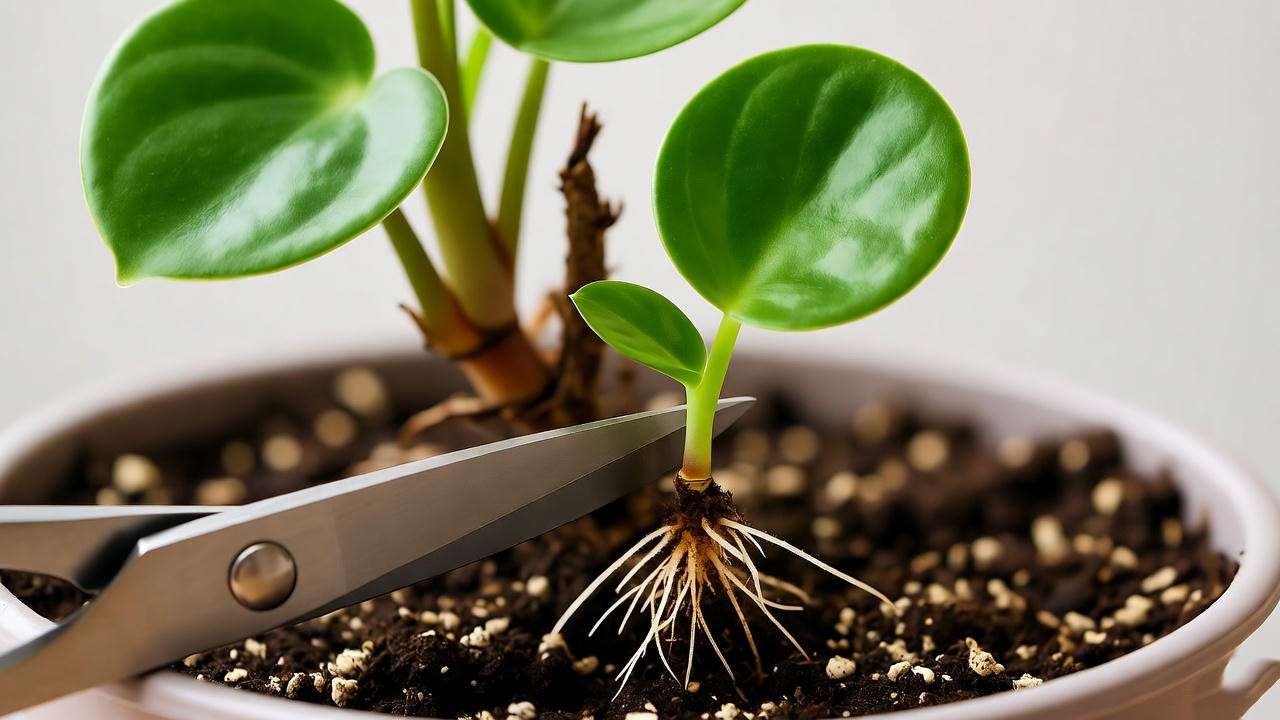
4.2 Propagation in Water vs. Soil
You can propagate turtle plant pups in water or soil, each with pros and cons:
| Method | Pros | Cons |
| Water | Easy to monitor root growth; fun for beginners | Risk of rot if left in water too long; requires transplanting |
| Soil | Faster establishment; no transplant shock | Harder to check root progress |
For water propagation, place the pup in a jar of filtered water, changing it weekly. Once roots reach 1-2 inches, transfer to soil. Soil propagation is more direct but requires consistent moisture without sogginess.
4.3 Common Propagation Mistakes
Avoid overwatering pups, as this can lead to rot before roots develop. Planting pups without roots or in overly large pots can also hinder success. If a pup isn’t rooting after 4-6 weeks, check for adequate light and adjust moisture levels.
5. Pruning and Maintenance for a Healthy Turtle Plant ✂️
5.1 When and Why to Prune
Pruning keeps your turtle plant healthy and shapely. Remove yellow, damaged, or leggy leaves with clean scissors to encourage new growth. Prune sparingly in spring to shape the plant, focusing on overcrowded areas. Regular pruning also prevents the plant from becoming top-heavy.
5.2 Cleaning Leaves for Photosynthesis
Dust on turtle plant leaves can block sunlight, reducing photosynthesis. Wipe leaves gently with a damp cloth every 1-2 months. Avoid commercial leaf shine products, as they can clog leaf pores and harm the plant.
Tip: Cleaning leaves not only boosts health but also enhances the plant’s glossy, decorative appeal.
6. Common Turtle Plant Problems and Solutions 🐢
6.1 Pests: Identification and Treatment 🐜
Turtle plants are relatively pest-resistant but can attract spider mites, mealybugs, or aphids. Look for sticky residue, webbing, or small bugs on leaves. Treat infestations with:
- Neem Oil: Dilute with water and spray weekly until pests are gone.
- Insecticidal Soap: Apply directly to affected areas, rinsing after 24 hours.
- Manual Removal: Wipe pests off with a damp cloth for minor issues.
Prevent pests by inspecting your plant regularly and maintaining good air circulation.
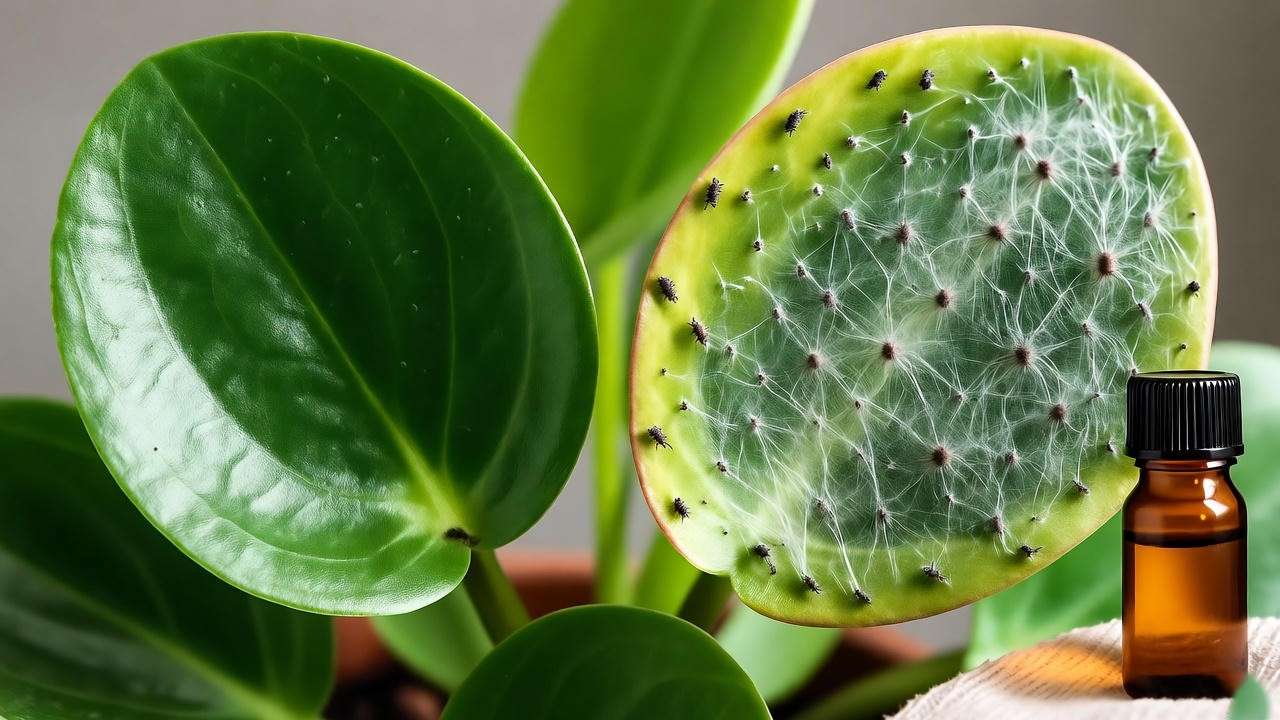
6.2 Diseases and Environmental Issues 🍂
Root rot, often caused by overwatering, is the most common turtle plant disease. Symptoms include wilting, yellowing leaves, and mushy roots. To fix, remove affected roots, repot in fresh soil, and adjust watering habits. Leaf curling or dropping may indicate low humidity or improper light. Increase humidity with a tray of pebbles and water, and ensure the plant receives bright, indirect light.
Expert Tip: Keep a plant care journal to track watering, light, and growth patterns, helping you spot issues early.
7. Styling and Displaying Your Turtle Plant in Home Decor 🏡
7.1 Choosing the Right Pot
The right pot enhances both aesthetics and function. Terracotta pots promote airflow, while ceramic adds a decorative touch. Ensure the pot has drainage holes to prevent water buildup. Choose a size 1-2 inches larger than the root ball to allow growth without drowning the roots in excess soil.
7.2 Creative Display Ideas
Turtle plants shine in various settings:
- Shelves: Place on a bookshelf with trailing plants for contrast.
- Tabletops: Pair with minimalist decor for a modern look.
- Hanging Planters: Elevate in a macramé hanger for a boho vibe.
Combine with other low-maintenance plants like pothos or snake plants for a lush indoor jungle. For inspiration, check out Instagram’s #PileaPeperomioides hashtag for stunning styling ideas.
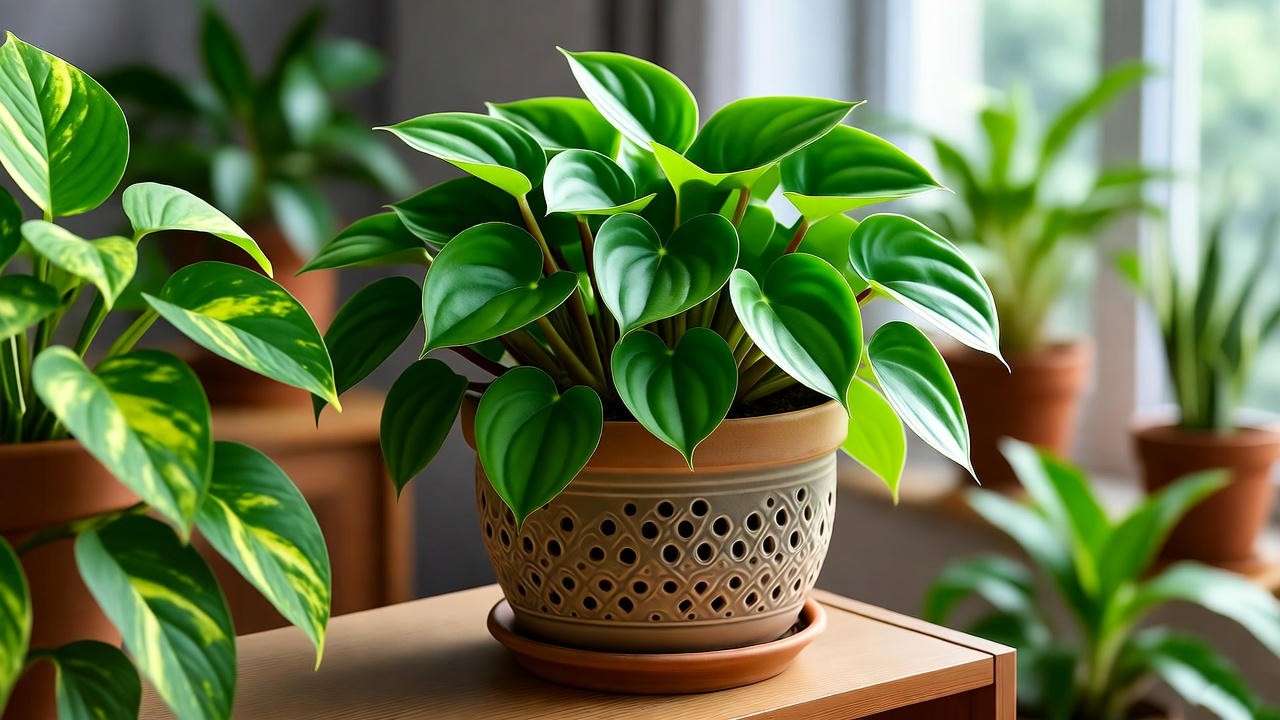
8. Advanced Tips for Turtle Plant Enthusiasts 🌟
8.1 Encouraging Bushier Growth
For a fuller, bushier turtle plant, strategic care can make all the difference. Pinching back the tips of longer stems encourages branching, resulting in a denser appearance. Use clean, sharp scissors to snip just above a leaf node, where new growth emerges. Rotate the plant every 1-2 weeks to ensure even light exposure, preventing it from leaning toward one side. A 2022 study from the Journal of Horticultural Science found that regular rotation and selective pruning in Pilea species promote balanced growth, enhancing both health and aesthetics.
Tip: If your turtle plant looks sparse, assess its light conditions and consider increasing indirect sunlight to stimulate foliage production.
8.2 Seasonal Care Adjustments
Turtle plants respond to seasonal changes, requiring slight tweaks to their care routine:
- Winter: Growth slows, so reduce watering to every 10-14 days and keep the plant away from cold drafts. If indoor heating dries the air, place a humidity tray nearby to maintain 40-50% humidity.
- Summer: Monitor for pests, as warmer temperatures can attract spider mites. Increase watering slightly if the soil dries faster, but always check the top inch before adding more.
Expert Insight: Horticulturist Dr. Emily Chen recommends using a grow light with a timer during winter to mimic natural daylight, ensuring your turtle plant stays vibrant year-round.
9. Frequently Asked Questions (FAQs) ❓
Is the turtle plant toxic to pets?
Great news for pet owners: Pilea peperomioides is non-toxic to cats and dogs, according to the ASPCA. However, keep it out of reach to prevent curious nibbling, which could damage the plant.
How fast does a turtle plant grow?
With proper care, turtle plants have a moderate growth rate, adding several new leaves monthly during spring and summer. Expect a mature plant to reach 12-18 inches in 1-2 years.
Why are my turtle plant’s leaves curling?
Curling leaves often signal underwatering, low humidity, or insufficient light. Check soil moisture, increase humidity with a pebble tray, and ensure the plant gets bright, indirect light.
Can I grow a turtle plant outdoors?
Turtle plants can thrive outdoors in warm, shaded climates (USDA zones 10-11), such as parts of California or Florida. Protect them from direct sun and bring indoors if temperatures drop below 50°F (10°C).
How do I revive a wilting turtle plant?
Wilting often indicates overwatering or root rot. Inspect the roots, trim any mushy sections, and repot in fresh, well-draining soil. Adjust watering to prevent recurrence and place in bright, indirect light.
10. Conclusion: Your Journey to a Thriving Turtle Plant 🌿
Growing a thriving turtle plant is a rewarding journey that blends science, care, and creativity. By mastering its light, water, and soil needs, you’ll enjoy lush, coin-shaped leaves that brighten any space. Propagation lets you share the love, while thoughtful styling elevates your home decor. Whether you’re troubleshooting pests or experimenting with pruning, this guide equips you with expert-backed strategies to succeed. Start your turtle plant adventure today, and don’t hesitate to share your tips or questions in the comments below! 🌱
About the Author: Sarah Green is a certified horticulturist with over 10 years of experience in indoor plant care. She’s passionate about helping plant lovers create thriving green spaces, drawing on her work with botanical gardens and contributions to plant care publications.

